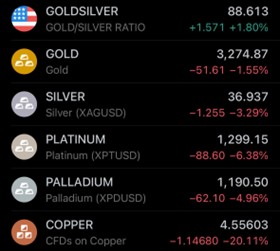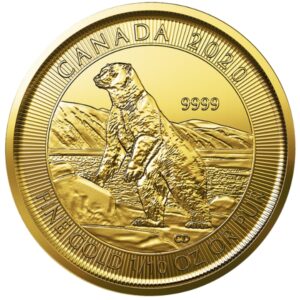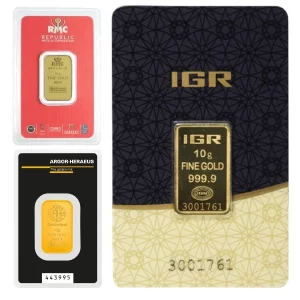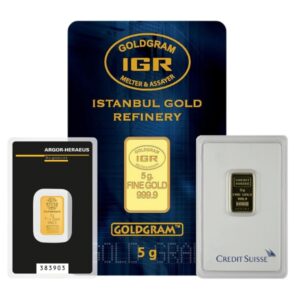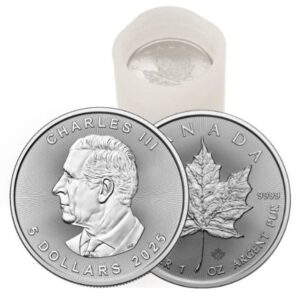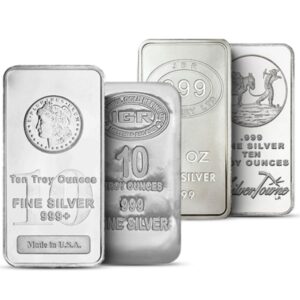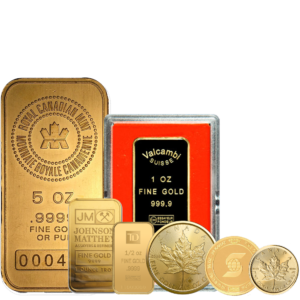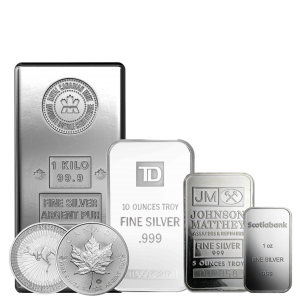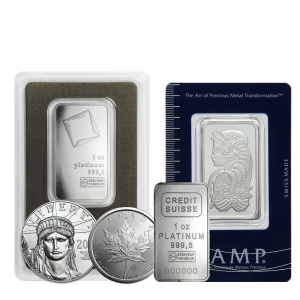The recent Federal Open Market Committee (FOMC) meeting on July 29–30, 2025, sent ripples through financial markets, impacting everything from stocks to precious metals. We are going to unpack what happened, examine the market’s reaction, and highlight why the current landscape may present a unique moment for savvy investors to consider precious metals.
What Happened at the FOMC Meeting?
The FOMC, the group that sets U.S. interest rates, decided to keep the federal funds rate steady at 4.25%–4.50%. This means that borrowing costs—for everything from mortgages to business loans—aren’t changing, for now. The market wasn’t surprised by this decision, as analysts widely expected the Fed to hold rates steady. However, what caught investors’ attention was the Fed’s tone, led by Chair Jerome Powell.
Powell emphasized that inflation, above the Fed’s 2% target, is creeping higher, something we here at Au Bullion have long anticipated. He suggested rates might stay “higher for longer” to keep inflation in check. This cautious stance means the Fed isn’t rushing to cut rates anytime soon, dashing hopes for cheaper borrowing in the near term. The Fed’s projections also raised inflation estimates to 3.1% for 2025, signaling they expect prices to keep rising faster than they’d like. What should be kept in mind, however, when considering the inflation numbers reported by the Federal Reserve is that in 1999, the Bureau of Labor Statistics (BLS) fundamentally altered the Consumer Price Index (CPI) by introducing geometric weighting for 61% of its categories, a stark departure from the pre-1980 fixed basket approach. Funny enough, inflation ran to 14.8% in 1980 and shortly after that year they decided to begin tweaking how inflation was calculated until it ultimately reached the formula that we see today in the year 1999. Interesting timing to say the least.
Previously, the CPI tracked price changes for a static set of goods—like 10 pounds of beef—reflecting the real cost increases consumers faced. The new method accounts for substitution effects, assuming people switch to cheaper alternatives (e.g., chicken over beef) when prices rise. By using geometric averaging, the BLS reduces the weight of pricier items in the formula, systematically lowering reported inflation. Critics, including ShadowStats, argue this shift was designed to understate inflation, as it hides the true cost of maintaining a consistent lifestyle and hides shifts toward a lower standard of living for citizens due to losses in fiat purchasing power. For example, if beef prices soar, the CPI reflects a smaller increase because consumers are assumed to buy less beef. This change, framed as improving accuracy, effectively makes inflation appear lower than what citizens actually experience, fuelling skepticism about official numbers and suggesting a deliberate effort to downplay rising living costs. Based on the 1980 formula for inflation, we are still looking at inflation near 10% today… something many citizens would argue feels more realistic when considering grocery bills.
The Market’s Reaction: A Broad Sell-Off
When the Fed signaled no immediate rate cuts, markets reacted swiftly. Stocks, cryptocurrencies, and commodities all took a hit as investors adjusted to the idea of prolonged high rates. Higher interest rates make safer investments like bonds more attractive, pulling money away from riskier assets. Precious metals, often seen as a hedge against economic uncertainty and the ultimate asset for investors fleeing risky bets, weren’t spared in the sell-off:
- Gold– dropped 1.55%, slipping to around $3,268 USD per ounce.
- Silver– fell 3.29%, trading near $36.50 USF per ounce.
- Palladium– declined 4.96%, hovering around $1150 USD per ounce.
- Platinum– saw a steeper 6.38% drop, nearing $1280 USD per ounce.
- Copper – a key industrial metal, plummeted 20.11%, reflecting fears of slowing economic growth.
This broad decline might seem alarming, but it’s not the full story. Market reactions to Fed meetings are often knee-jerk, driven by short-term sentiment rather than long-term fundamentals. Let’s dig into why this pullback in precious metals could be a golden opportunity as it is a perfect example of ‘sell the news’ playing out in real time. Higher inflation is positive for precious metals, but because these assets had already traded higher in anticipation of the news, when the positive news is finally announced, there is theoretically no room to go higher in the near term, so prices fall as profits are taken. This is often followed be a move higher as the long-term fundamentals remain strong for the sold off asset that received positive news.
Rising Inflation Expectations: A Bullish Case for Precious Metals
Despite the recent price dips, the bigger picture for precious metals is compelling. The Fed’s own projections, along with market chatter, point to higher inflation expectations for 2025. Tariffs imposed by the Trump administration, like those on steel and aluminum, are expected to raise costs for businesses, which often pass those costs to consumers. This could push inflation well above the Fed’s 2% target, creating a “stagflation” scenario—rising prices alongside sluggish growth.
In such environments, precious metals like gold and silver historically shine. Why? They’re seen as stores of value, protecting wealth when paper currencies lose purchasing power due to inflation. Gold, for instance, surged 37.23% in 2024, while silver soared 36.42% the same year amid similar concerns, outpacing stocks and other commodities.
The current price pullback, driven by the Fed’s hawkish stance, looks like a temporary blip against this backdrop. As J.P. Morgan’s Gregory Shearer noted, “Gold remains one of the most optimal hedges for the unique combination of stagflation, recession, debasement, and U.S. policy risks facing markets in 2025 and 2026.” Analysts like Nicky Shiels from Gold Avenue also see silver and platinum as undervalued, with potential for record highs if inflation accelerates.
Why Now Might Be a Strategic Moment
Market dips often create opportunities for those who look beyond the noise. The recent sell-off in precious metals, while sharp, doesn’t change their long-term appeal. Central banks, including China’s, continue to buy gold at a brisk pace, adding to reserves for the sixth straight month in 2025. This institutional demand, combined with retail investor interest, supports a bullish outlook.
For everyday investors, precious metals offer a way to diversify portfolios and safeguard wealth against inflation and economic uncertainty. Whether it’s physical gold coins, silver bars, or a mix of the two, these assets can complement any portfolio, especially in turbulent times. The current dip in prices—gold down 1.55%, silver 3.29%, and others—may allow you to enter the market at a more attractive level before inflationary pressures reignite demand.
 Hi,
Hi,

